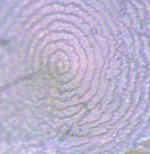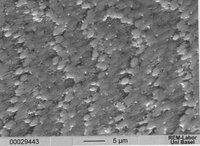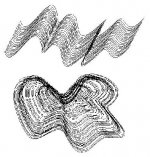V
Valeria101
Guest
I am not sure if this really is a 'resource'. Just let me know if you do not like what you see: these took my breath away!
Microscopic pictures of iridescent layers in black opal and pearl crystallites
Source:
MINDAT, Collection and photo: Albert Russ. (for opal)
Mollecular Expressions (for the pearl side )
With a teaser...

Microscopic pictures of iridescent layers in black opal and pearl crystallites
Source:
MINDAT, Collection and photo: Albert Russ. (for opal)
Mollecular Expressions (for the pearl side )
With a teaser...

Last edited by a moderator:




